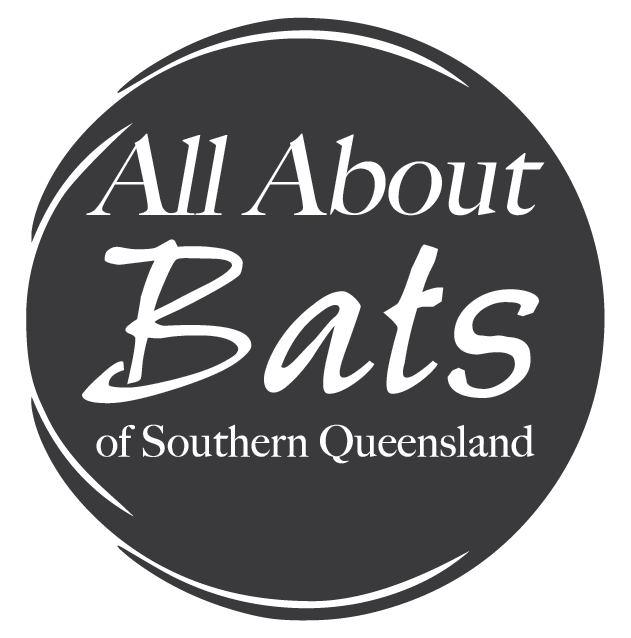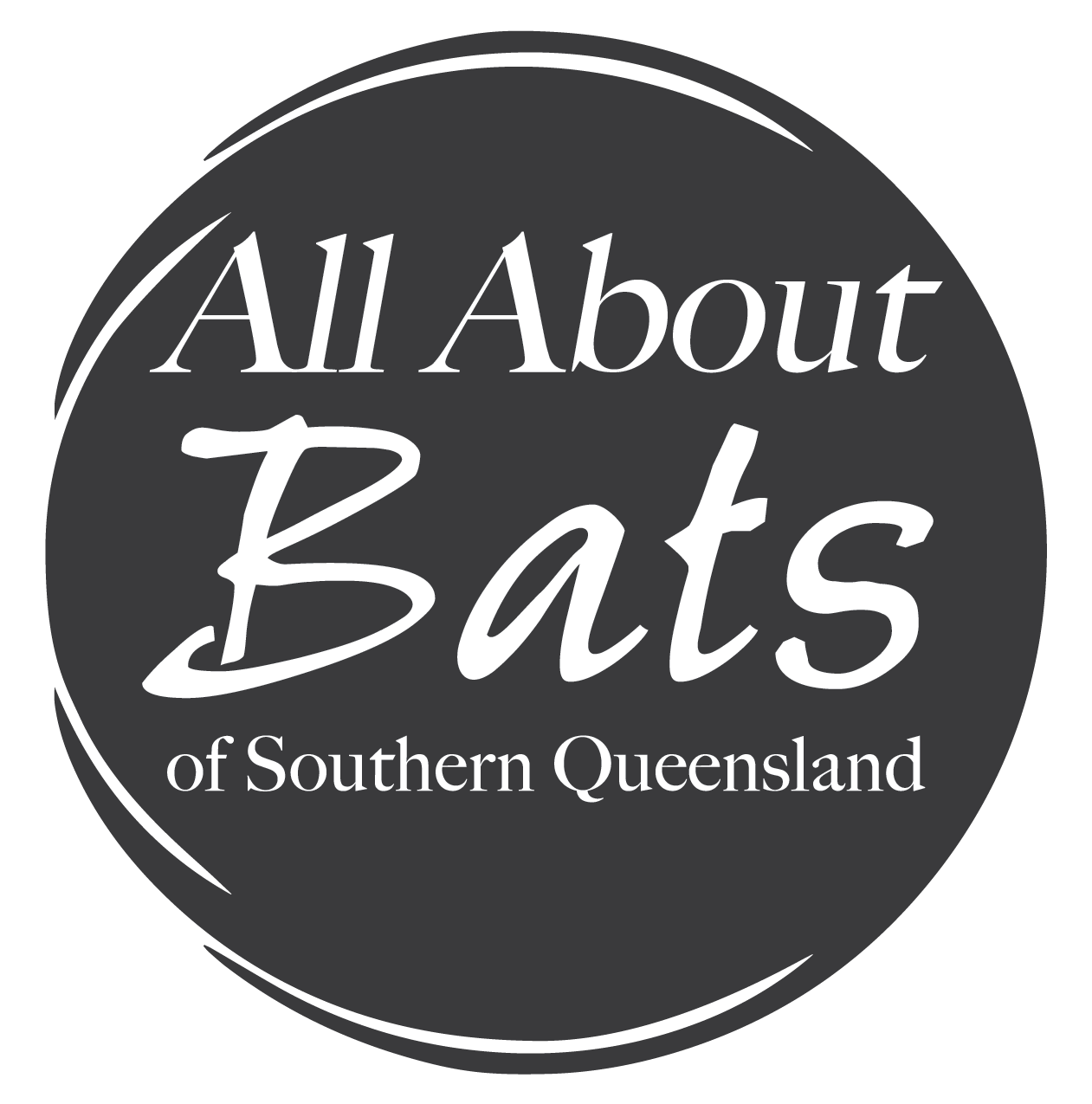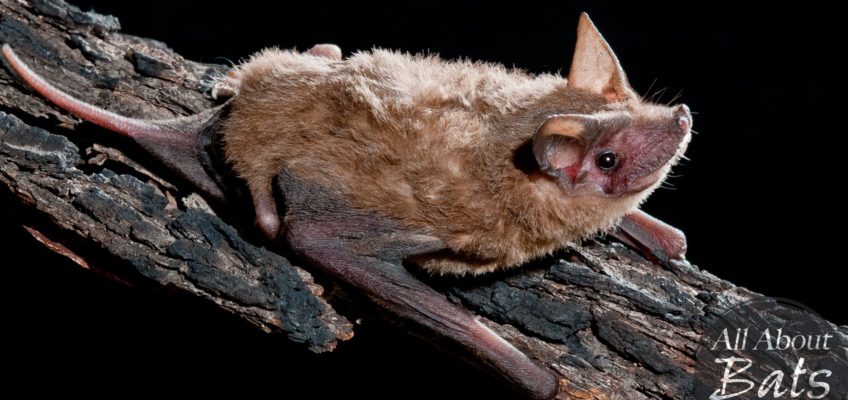Mormopterus lumsdenae
This thick, robust and muscular bat is the largest species of Mormopterus (based on weight) in Australia. It has short greyish to light brown fur on the back and noticeably paler fur on the belly. Their distribution is restricted to the northern half of Australia. They have triangular ears that are not joined together.
Habitat
Beccari’s freetail bats roost commonly in tree hollows but colonies up to 50 individuals have been known to roost in the roofs of houses. They prefer rainforest, forest, mangroves, woodland, arid shrublands, agricultural and urban areas. Their diet is predominantly moths and beetles that they catch above the canopy or along watercourses and they can consume large numbers of insects that are pests to humans and crops.
Breeding
A single young is born during between October and November.
Predators and Threats
Pythons, hawks and owls. Loss of tree hollows, land clearing and wildfires.
Photo: Bruce Thomson
Sources:
Churchill, S. (2008) Australian Bats (2nd Edition). Allen and Unwin, Sydney.
Hall, L. (2009) Bats, A Wild Australia Guide. Steve Parish Publishing, Queensland.
Atlas of Living Australia


